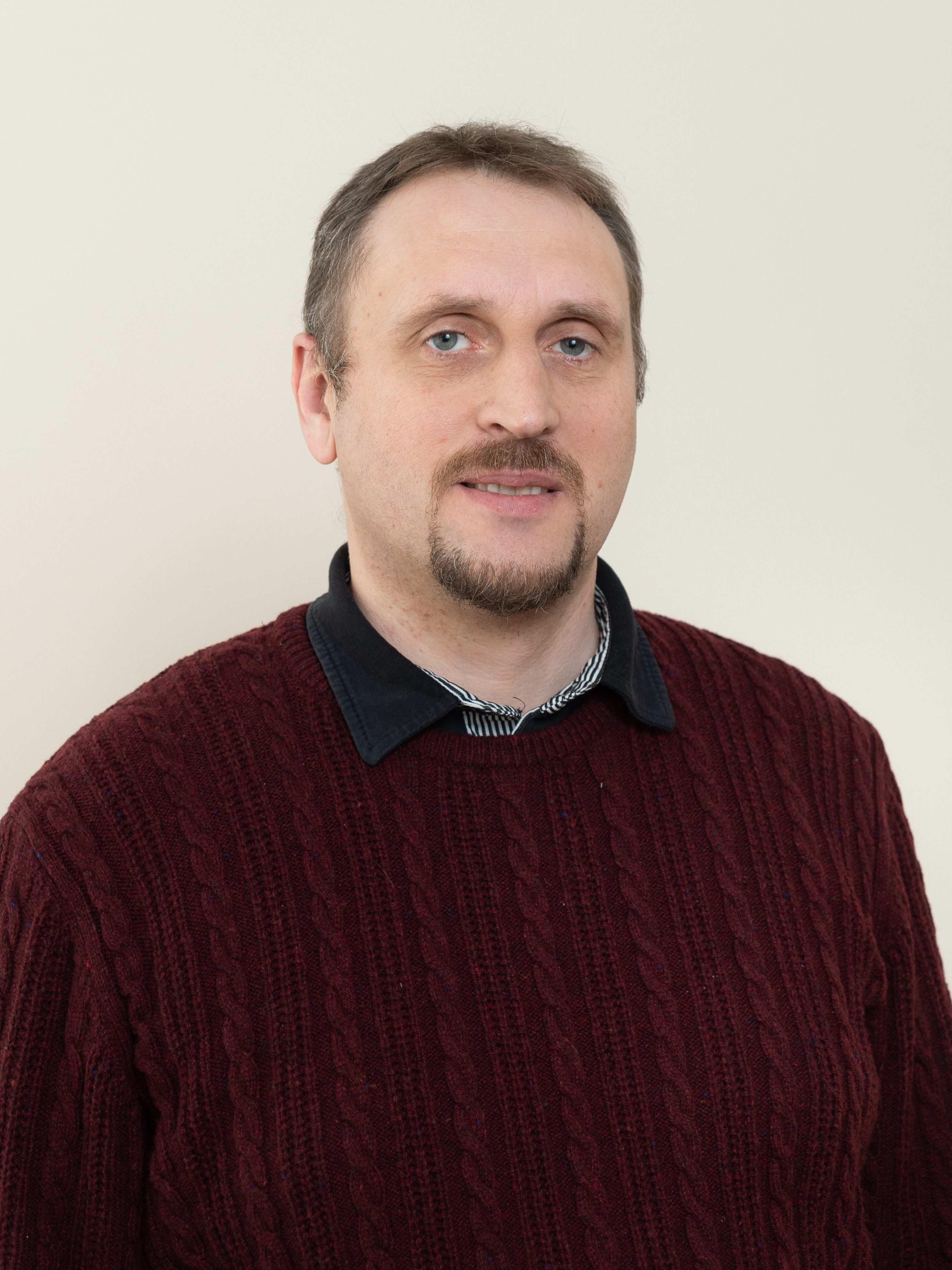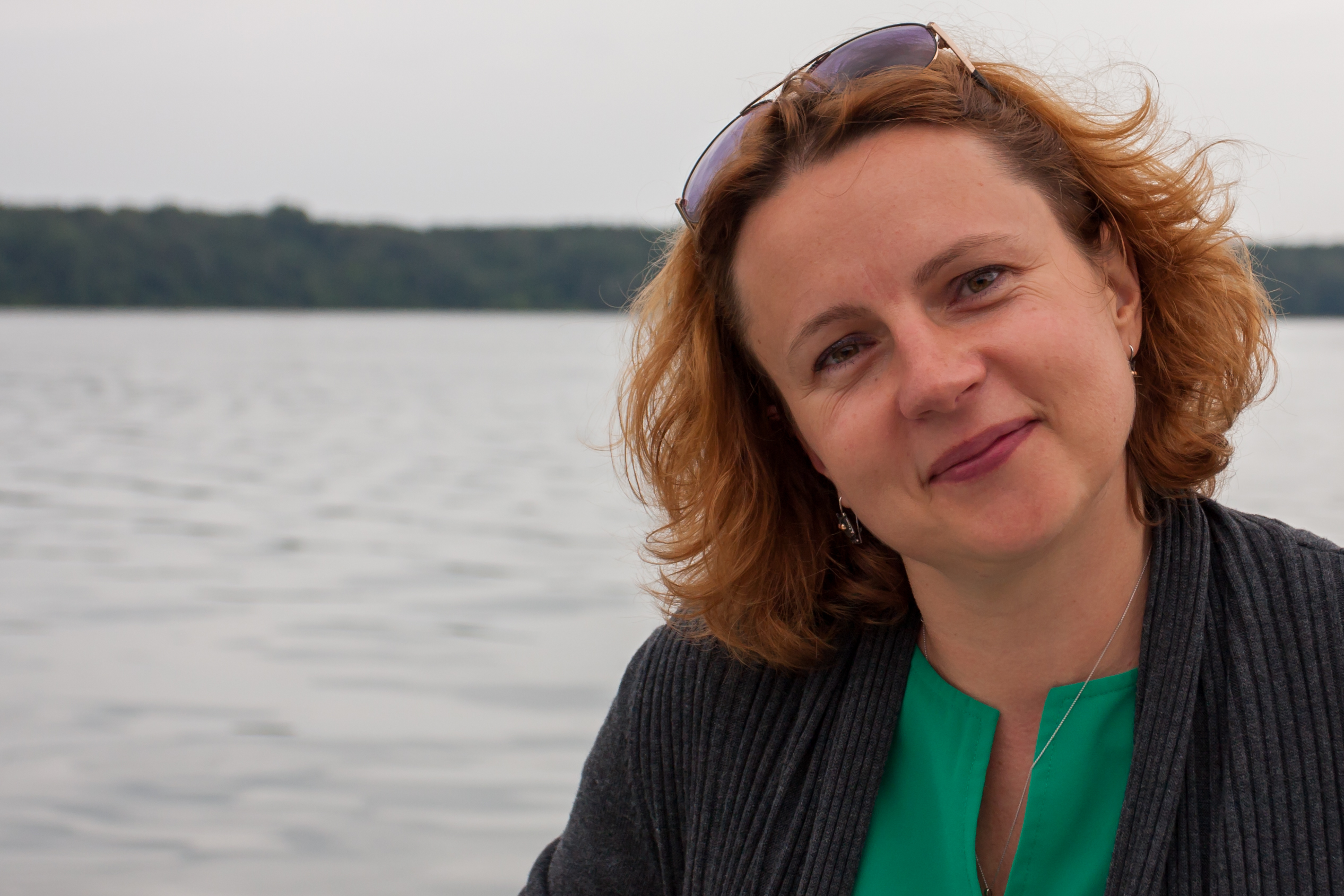DMSTI / IMI / IMC / IPhM directors
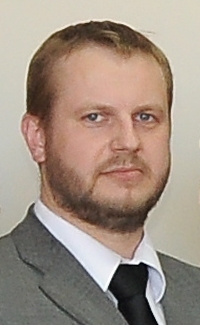 Gintautas Tamulevičius Gintautas Tamulevičius from 22 April, 2024 |
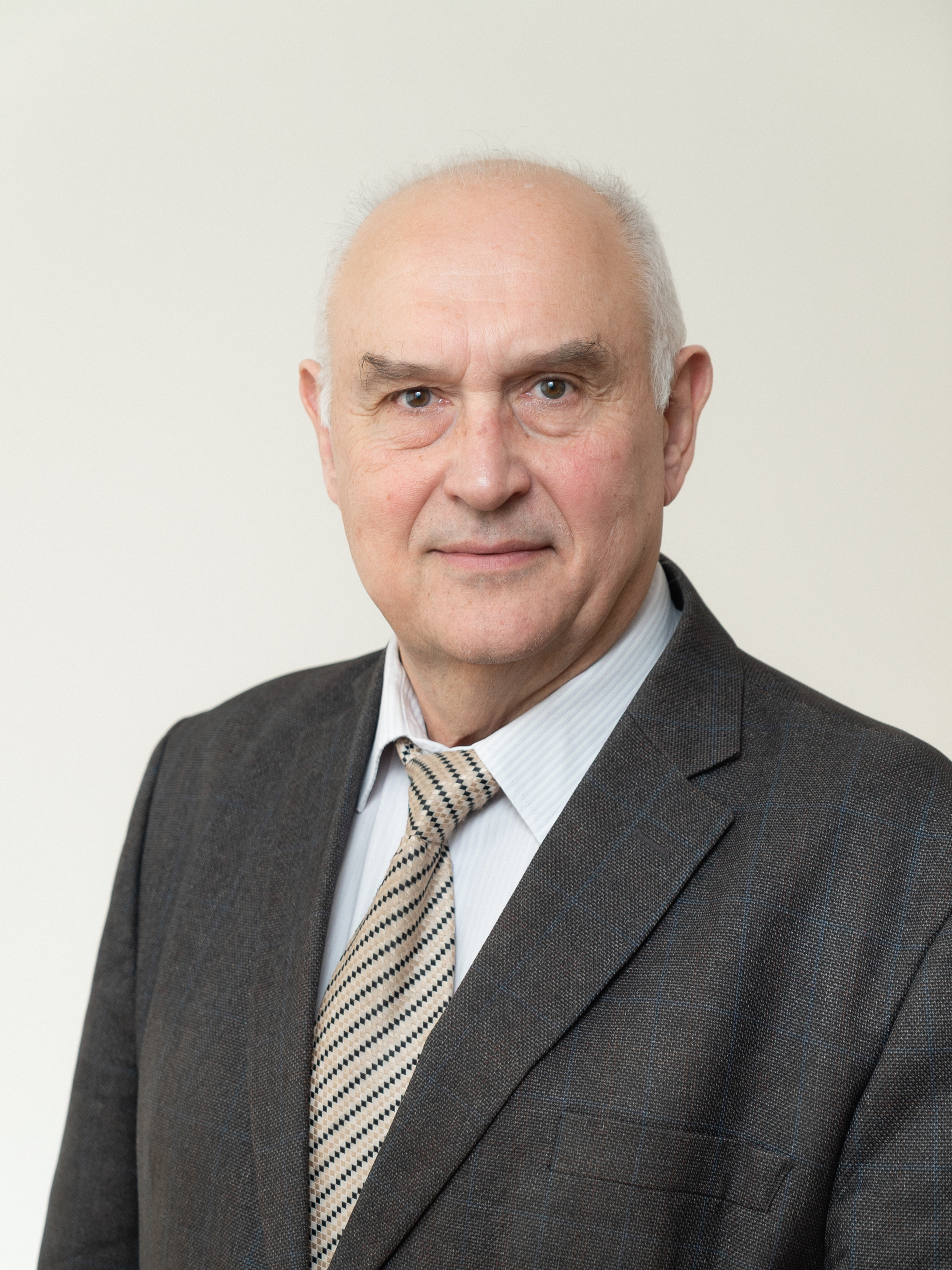 Professor Gintautas Dzemyda Professor Gintautas Dzemyda from 1 January, 2005 to 21 April, 2024 |
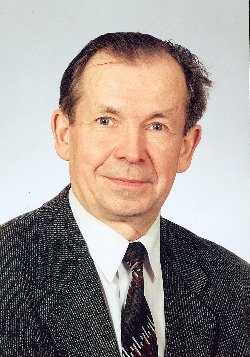 Professor Mifodijus Sapagovas Professor Mifodijus Sapagovas from 13 January, 1995 to 31 December, 2004 |
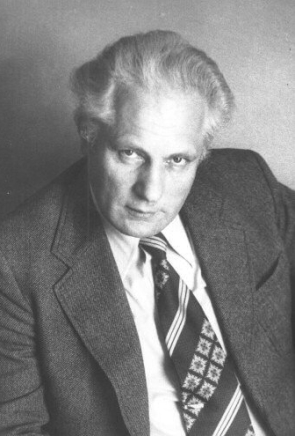 Academician Vytautas Statulevičius Academician Vytautas Statulevičius from 19 December, 1966 to 12 January, 1995 |
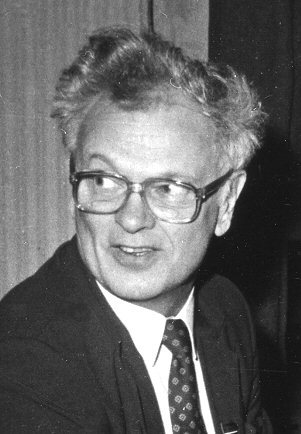 Academician Juras Požela Academician Juras Poželafrom 1 October, 1963 to 18 December, 1966 |
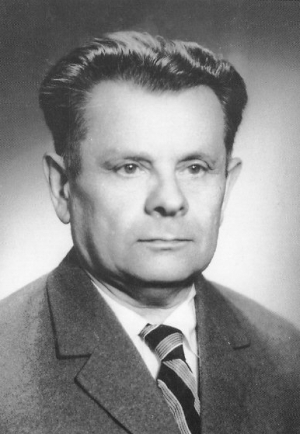 Academician Adolfas Jucys Academician Adolfas Jucys from 1 October, 1956 to 1 October, 1963 |
Prehistory
What today is the present is history tomorrow. From the perspective of time, events that seemed extremely important in their time fade away, no longer seem so important. For this reason, even scholarly books written by great historians lose their relevance over time and become the basis for other history books.
October 1, 1956, is a very important date for science in Lithuania. That is a formal date of the emergence of many scientific trends in Lithuania. This is the date that the Physical and Technical Institute was liquidated and three new institutes were established on its basis: the trends of scientific research were confirmed. One of those institutes was the Institute of Physics and Mathematics. It was then that the word MATHEMATICS appeared in the title of the institute. Over the years, the Institute of Physics and Mathematics has been reorganized and renamed several times, but it has never lost the word "mathematics" in its name or the mathematical trend in its research. Therefore the date of foundation of the present Institute of Mathematics and Informatics is to be considered October 1, 1956.
1956-1966 Institute of Physics and Mathematics before the first reorganization
| 1 October 1956 | 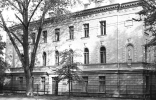 Foundation of the Institute of Physics and Mathematics (IPhM) Director Academician of the Lithuanian Academy of Sciences Prof. Adolfas Jucys, deputy director Dr. Jonas Kubilius, deputy director for farm affairs – Petras Česnulevičius. Foundation of the Institute of Physics and Mathematics (IPhM) Director Academician of the Lithuanian Academy of Sciences Prof. Adolfas Jucys, deputy director Dr. Jonas Kubilius, deputy director for farm affairs – Petras Česnulevičius. After the reorganization of the Physico-technical Institute, three institutes have been established. IPhM was situated on Kosciuskos st. 30, it occupied 143 m2 area, it had 24 staff workers and 10 vacancies. The Institute was comprised of 3 subdivisions that have developed into independent institutes over time:
|
||||
| 1958 | Acad. Dr. J.Kubilius, appointed as Rector of Vilnius University (VU), also headed the MS, but soon he relegated these duties to Dr. V. Statulevičius. | ||||
| 17 October 1960 |
Dr. Vytautas Statulevičius becomes the head of the Mathematical sector (MS). |
||||
| February 1961 |
|
||||
| 1 May 1961 |
|
||||
| 14 July 1962 |
The RAM of BESM was 2047 words by 39 bits each, it had two magnetic drums (MD) with 12290 words in each, and two devices of magnetic tapes containing 131000 words each. The computer consisted of 3000 electronic lamps and 10000 diodes, and it consumed 43 KW of electric power. Computation algorithms were written (programmed) in computer codes. Only 50% of its work time was effective, and the rest time was spared for fault avoidance and repairs. |
||||
| 1 October 1962 |
The Computational Mathematics sector (CMS) was set up, headed by Dr. Vilius Matulis. |
||||
| 6 December 1962 | Dr. Vytautas Statulevičius was nominated a deputy director for scientific work of the Institute of Physics and Mathematics (IPhM), remaining concurrently the head of the Mathematical Sector (MS). | ||||
| 10 October 1963 |
|
||||
| 1964 | The building of the Computer Centre (CC) was completed in Vilnius, Lentpjuvių st. 7 (now A. Gostauto st. 12). Construction of the premises was accomplished when the first computing machine was operating. | ||||
| 1 July 1964 |
The Technical Cybernetics sector (TCS) was established. Head Dr. Kostas Žukauskas.
The Mathematical Logic and Programming sector (MLPS) was set up. Dr. Vilius Matulis became the head of the MLPS.
|
||||
| 9 February 1965 |
The Mathematical sector (MS) was named a Probability Theory sector (PTS). Dr. V.Statulevičius remained its head. This name could better reflect the scientific research trends of the Mathematical sector because other trends of mathematical science were intensively developing in new mathematical subdivisions - Computational Math Sector (CMS) and Mathematical Logic and Programming Sector (MLPS). |
||||
| Spring of 1965 |
|
||||
| 1 October 1965 | 
The Recognition Processes sector (RPS) was established. Head Dr. Laimutis Telksnys. |
||||
| 1966 | The Institute of Physics and Mathematics (IPhM) was granted the first category. This meant a kind of recognition of the work pursued at the Institute which offered better opportunities for further development. |
||||
| 23 November 1966 |
The Presidium of the Lithuanian Academy of Sciences adopts a resolution on the reorganization of the Institute of Physics and Mathematics (IPhM). Among the research on the physical profile of IPhM, the trend of experimental semiconductor physics stood out vividly, in which, thanks to the talent and organizational efforts of the then director Juras Požėla, an original school shoots up with ponderable scientific achievements and highly qualified scientific staff. That is why the new institute - SPhI - has been originated based on semiconductor physics subdivisions. |
1967-1976 Institute of Physics and Mathematics before the second reorganization
1977-1990 Institute of Mathematics and Cybernetics
| 1 January 1977 |
The Institute of Physics and Mathematics splits into two institutes:
|
||||
| 27 January 1977 | The Programming and Problem Solving Sector (PPSS) was renamed into the Differential Equations Sector (DES) headed by Dr. Bronius Kvedaras. | ||||
| 1 March 1977 |
|
||||
| 1 May 1977 | 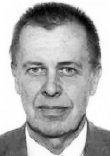 The Computing Machinery and Software Experimental Production department was established. Dr. Liudvikas Bulotas was appointed head of the department. The department was dedicated to the manufacture of custom computing devices and other technical equipment. |
||||
| 1 December 1977 |
|
||||
| 1978 | The Institute was awarded first place in Lithuania for its inventive activities. | ||||
| 22 February 1978 |
The Technological Processes Control sector (TPCS) was set up. Dr. Celestinas Paulauskas has been appointed it's head. |
||||
| 1979 | ESM BESM-4 switched off. | ||||
| June 1979 | Prof. Laimutis Telksnys is appointed head of the Computing Centre. The previous head, M. Sapagovas, went on sabbatical (to prepare his PhD - now Habil. Dr. - thesis). Prof. Eduardas Vilkas becomes deputy director for science. |
||||
| 2 January 1980 | 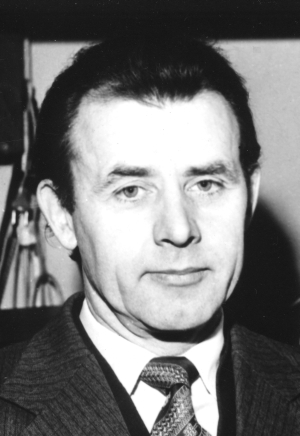 The Laboratory for Computer Application in Research (LCAR) is established. Dr. Valentinas Černiauskas is appointed as the head of the laboratory. The laboratory was established to better organize and coordinate work in the Institute's second main research area, research automation. It was created by separating part of the staff of the enlarged Recognition Processes sector. |
||||
| 14 April 1980 | Since this date sectors have attained the status of departments. Within a department, there could be set up smaller groups and/or sectors having independent topics. |
||||
| 25 November 1980 | The Software Sector (SS) was named as Software Department (SD), headed by Pranas Rumšas. | ||||
| 27 January 1981 |
|
||||
| 9 June 1981 |
|
||||
| 1 July 1981 |
|
||||
| 11 June 1982 | The Laboratory of Perforated Computing Machines (LPCM) was eliminated. | ||||
| 1983 |
Dr. Stasys Skėrus is elected as the Scientific Secretary of the Institute.
Dr. Stasys Skėrus |
||||
| 29 April 1984 |
Dr. Gediminas Veiveris |
||||
| 1 October 1984 |
|
||||
| 1985 |
The Institute of Mathematics and Cybernetics was moved to the new premises on Academijos st. 4, Vilnius.
|
||||
| 1 March 1985 | Prof. Eduardas Vilkas became the director of the Institute of Economics (IE) taking headed by him the Operations Research Sector (ORS) into IE. | ||||
| 5 December 1985 |
The multiuser system MOKSLAS was developed. |
||||
| 30 December 1985 |
The new Computing Centre building is put into operation.
|
||||
| 28 April 1986 | The Reliability Theory sector (RTS) was reorganized into the Image Analysis laboratory (IAL), headed by Algimantas Kilna. | ||||
| 1987 |
|
||||
| 1988 |
|
||||
| 1 February 1988 | The Signal Processing Technical Tools Group has been reorganized as an independent group within The Applied Statistics Department (ASD). The group was led by Algimantas Kilna. | ||||
| 27 September 1988 | The company BALTIC AMADEUS is founded. IMC, together with the Experimental Factory for Computing Devices and Software "Bitas" and "Austrocopelectronic" set up the USSR-Austrian joint venture BALTIC AMADEUS. |
||||
| 30 December 1989 | ELBRUS-1-K2 computing complex switched off. | ||||
| 1990 |
LITNET, a computer network for Lithuanian research and study institutions based on TCP/IP technology, is created. |
||||
| 27 April 1990 | ES-1066 calculating machine started. Main characteristics: 5,5 million op/sec; 32 Mb RAM; 8 x 317 Mb disk array (fixed disk packs); 8 x 200 Mb swappable disk packs. |
||||
| 30 April 1990 | The Computational Management Laboratory was reorganized into The Computational Laboratory. Dr. G.Veiveris retained as header. | ||||
| 5 May 1990 |
Habil. Dr. Rimantas Rudzkis has been appointed as the new head of The Applied Statistics Department (ASD). |
||||
| 15 June 1990 | The Electronic Computing Machine Laboratory (ECML) was abolished. The electronics group on which it is based. | ||||
| 9 July 1990 |  The Institute of Mathematics and Cybernetics (IMC) is renamed the Institute of Mathematics and Informatics (IMI). Academician Vytautas Statulevičius remains Director of the Institute. The Institute of Mathematics and Cybernetics (IMC) is renamed the Institute of Mathematics and Informatics (IMI). Academician Vytautas Statulevičius remains Director of the Institute. |
1991-2010 Institute of Mathematics and Informatics
| 30 April 1991 |
|
|||
| May 1991 | "Bitas" is re-registered as individual company with legal personality. | |||
| 27 May 1991 | ESM ES-1066 has been deactivated and sold to estonians. The massive use of personal computers has made the use of large machines uneconomic. | |||
| 6 June 1991 | The Statutes of the Institute of Mathematics and Informatics are adopted by the General Assembly of Scientists. | |||
| 10 October 1991 | Lithuania is connected to the internet for the first time. Norway has made an opportunity for LITNET to connect to the global satellite network via NORDUnet. |
|||
| 4 June 1992 | The Senate of the Institute of Mathematics and Informatics is elected at the General Assembly of IMI scientists. | |||
| 1993 | The Institute of Mathematics and Informatics, together with higher education institutions, is entitled to award habilitated doctorates in mathematics. | |||
| 5 January 1993 |
The System Programming Department has been renamed the Programming Methodology Department. Dr. G. Grigas is appointed Head of the Department. The Software Engineering Department was reorganized into the Group of Computer Support of Publication. Genė Masiulienė besame its head. The name was later changed to Computer Publishing Group. After the MLATS leader Dr. V. Matulis became a member of the Vilnius City Council and resigned from the IMI, MLATS was divided into two departments:
|
|||
| 1994 | The building of the Computing Centre was leased to MODERA and later sold by the Ministry of Education and Science (without IMI's knowledge). | |||
| 14 March 1994 | LITNET has become part of the World Wide Web (Internet). | |||
| 3 November 1994 |
|
|||
| 12 January 1995 |
Prof. Mifodijus Sapagovas is elected Director of Institute of Mathematics and Informatics.
|
|||
| 27 February 1995 | 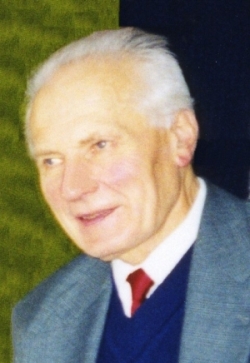 Acad. Vytautas Statulevičius is elected President of the IMI Senate. |
|||
| 27 December 1995 |
The Optimal Solution Theory Sector (OSTS) was renamed the Optimization Department (OD) headed by Prof. J. Mockus. |
|||
| 14 February 1996 |
|
|||
| 9 March 1997 |
The Differential Equations Sector (DES) has been headed by Prof. Dr. Habil. Konstantinas Pileckas. |
|||
| 1 April 1999 | Algorithms and Programmes Fund Group abolished. With the introduction of personal computers, the software for them is purchased from the companies that distribute it. |
|||
| 30 May 2001 | Prof. Gintautas Dzemyda becomes the Institute's Deputy Director for Scientific (Informatics) Affairs. | |||
| 2 January 2002 |
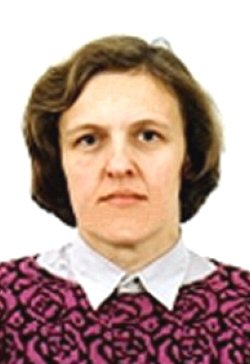 Dr. Valentina Dagienė has been appointed head of the Programming Methodology Department.
|
|||
| 27 February 2002 | The Programming Methodology Department was renamed Informatics Methodology Department. Dr. Valentina Dagienė remains in the chair. | |||
| 5 January 2003 | 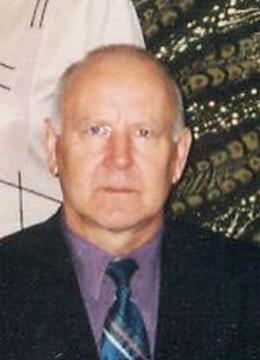 The Computer Networks Laboratory was established. The head – Petras Šulcas. The laboratory consists of staff from the Calculation Laboratory, the ESML Electronics Group and the "Serentis" staff. |
|||
| 17 April 2003 |
The Systems Analysis Department (SAD) was established. Head Prof. Gintautas Dzemyda.
|
|||
| 27 May 2003 | By Resolution No 669 of 27 May 2003, the Government of the Republic of Lithuania approves the new Statute of the Institute of Mathematics and Informatics. Among other items, the Senate is abolished and replaced by a Council. |
|||
| 3 September 2003 | 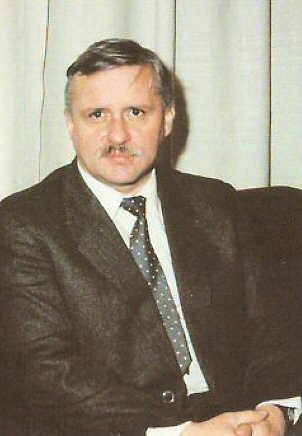 Prof. Habil. Dr. Kęstutis Kubilius is elected President of the Council of the Institute of Mathematics and Informatics. |
|||
| 2 January 2004 |
|
|||
| 15 December 2004 |
Prof. Habil. Dr. Gintautas Dzemyda is elected Director of the IMI.
|
|||
| 2 March 2005 |
The Information and Patent Department was renamed into the Information and Publishing Department. Aidas Žandaris is appointed Head of the Department. The previously independent Computer Publishing Group, headed by Genovaitė Masiulienė, was merged into the department.
|
|||
| 1 March 2006 |
|
|||
| 13 December 2006 |
The Institute of Mathematics and Informatics , hosts an event Attached: collection of photos of the event |
|||
| 21 March 2007 |
A meeting of the Institute's Council takes place, which changes the structure of IMI.
|
|||
| 30 May 2007 |
|
|||
| 1 September 2008 |
Prof. Dr. (HP) Stasys Rutkauskas header of the Differential Equations Department. |
|||
| 2 December 2009 | The Institute of Mathematics and Informatics is merged with Vilnius University by Government Decision No 1632. | |||
| 1 January 2010 | 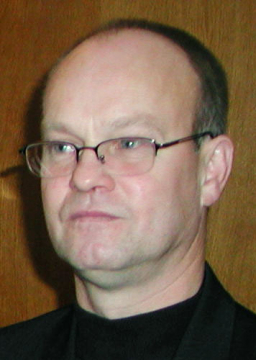 Romaldas Jonušas takes over the Computer Networking Laboratory. |
|||
| 20 January 2010 | A meeting of the Institute's Council takes place, which changes the structure of IMI. The Mathematical Logic Department is merged into the Software Engineering Department as a sector. Habil. Dr. Regimantas Pliuškevičius is appointed Head of Sector. Abolition of the Computer Publishing Group in the Information and Publishing Department . |
|||
| 24 March 2010 | A meeting of the Institute's Council takes place, which changes the structure of IMI. Abolition of the Data Analysis Department. The Operational Research Sector transferred to the System Analysis Department. Habil. Dr. Leonidas Sakalauskas continues to be the Head of Sector. The Differential Equations Department is merged into the Numerical Analysis Department as a sector. Dr. (HP) Stasys Rutkauskas is retained as Head of sector. |
|||
| 2 June 2010 | Following the sudden death of Habil. Dr. Vidmantas Bentkus, Head of the Probability Theory and Statistics Department, Prof. Habil. Dr. Jonas Sunklodas temporarily takes over as Head. | |||
| 21 July 2010 | By Resolution No 1057 of the Government of the Republic of Lithuania, the Institute of Mathematics and Informatics shall be deregistered from the Register of Legal Entities by 30 September 2010. | |||
| 15 September 2010 |  Prof. Habil. Dr. Jonas Sunklodas is elected head of the Probability Theory and Statistics Department |
|||
| 1 October 2010 |
The Institute of Mathematics and Informatics has become a stem unit of Vilnius University – |
2010-2017 VU Institute of Mathematics and Informatics
| 1 October 2010 | the Information and Publishing Department reformatted into the Common Affairs Department, which was left to be led by Aidas Žandaris. | ||||||||
| 4 May 2011 | Prof. Habil. Dr. Kęstutis Kubilius was elected the Probability Theory and Statistics Department. | ||||||||
| 1 September 2011 |  Dr. Gintautas Tamulevičius has been appointed Head of the Recognition Processes Department by order of the Rector. |
||||||||
| 25 April 2012 |  Prof. Dr. (HP) Julius Žilinskas was elected Head of the Recognition Processes Department. |
||||||||
| 2 May 2012 | Abolished The Differential Equations sector. | ||||||||
| 2013 | The Computing Centre building is no longer in use. | ||||||||
| 30 April 2014 |  Prof. Dr. (HP) Saulius Gudas elected Head of the Software Engineering Department at the VU MII Council meeting. |
||||||||
| 15 October 2015 |
Dr. Aurimas Rapečka is appointed Head of the Computer Networks Laboratory. |
||||||||
| 15 March 2017 |
A meeting of the Institute's Council has taken place, which has changed the structure of the VU IMI. The Institute's departments are abolished, but groups are formed on their basis.
|
||||||||
| 19 April 2017 | Abolished Common Affairs Department. Abolished Project Department |
||||||||
| 1 October 2017 | 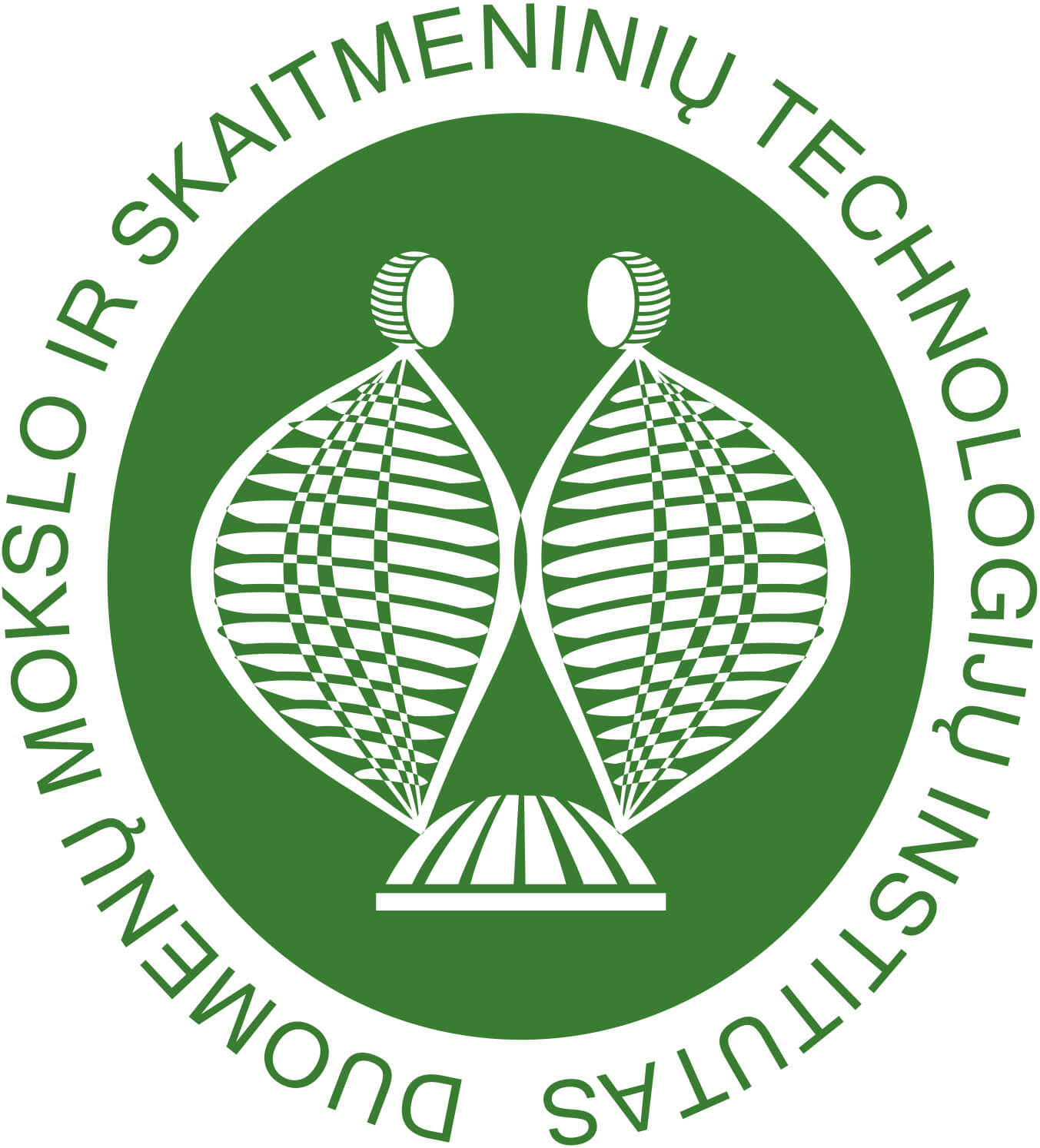 Vilnius university Institute of Mathematics and Informatics is reorganised by merging it into Vilnius university Faculty of Mathematics and Informatics and renamed Institute of Data Science and Digital Technologies (Resolution of the VU Senate No. S-2017-7-5 2017-06-13). |
||||||||
| 27 October 2017 | Abolished Mathematical Physics Equations Group |
from 2018 VU MIF Institute of Data Science and Digital Technologies
| 9 February 2018 | 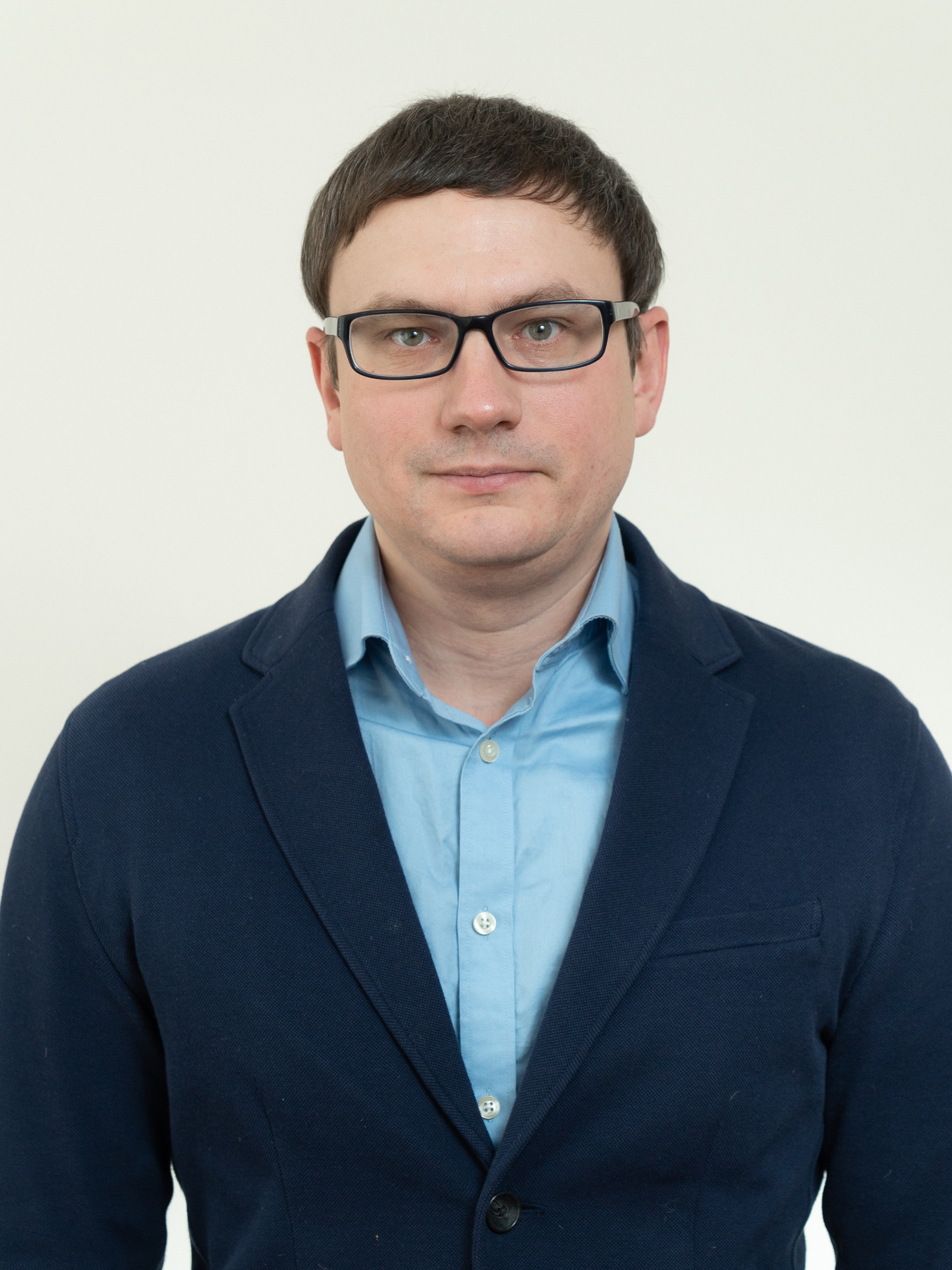 The Blockchain Technologies Group was established. Head Dr. Remigijus Paulavičius |
| 21 September 2018 |
|
| 23 October 2020 |
The Artificial Intelligence Laboratory was established. Head Dr. Virginijus Marcinkevičius. |
| 17 February 2023 |
|
| 1 September 2023 | Assoc. Prof. Dr. Audronė Lupeikienė has been appointed Head of the Cyber-Social Systems Engineering Group. |
| 1 January 2024 | Assoc. Prof. Dr. Tatjana Jevsikova has been appointed Head of the Education System Group. |
| 23 February 2024 | The name of the Blockchain Technologies Group was changed to Blockchain and Quantum Technologies Group. |
| 13 March 2024 |
Assoc. Prof. Dr. Gintautas Tamulevičius was elected Director of the DMSTI (director as of 22 April 2024). |
Articles
The articles about history of the Institute:
- K. Žukauskas. Dawn of Computer Application at the Lithuanian Academy of Sciences
- S. Skėrus. Mathematics in the Lithuanian Academy of Sciences
- V. Statulevičius, M. Sapagovas. Institute of Mathematics and Informatics in 1995
- S. Rutkauskas. Fourty-year history of the Institute of Mathematics and Informatics
- L. Telksnys, A. Žilinskas. Computers in Lithuania
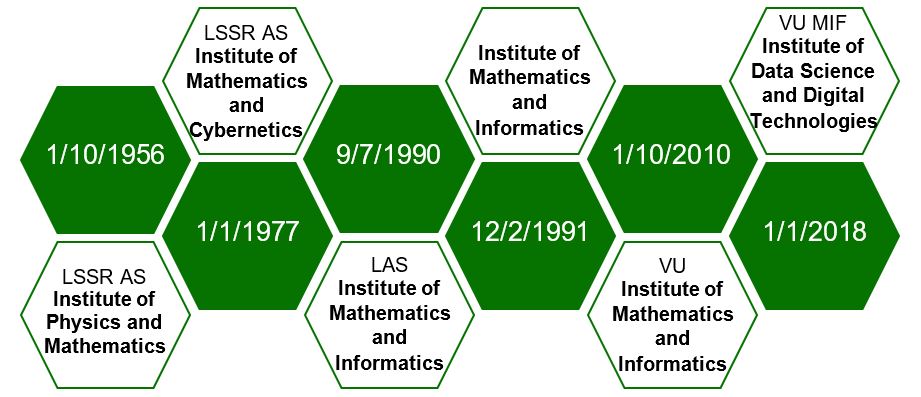
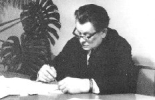 Acad. Adolfas Jucys
Acad. Adolfas Jucys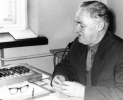 Petras Česnulevičius
Petras Česnulevičius  Acad. Dr. Jonas Kubilius
Acad. Dr. Jonas Kubilius  Acad. Povilas Brazdžiūnas
Acad. Povilas Brazdžiūnas 
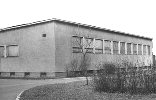

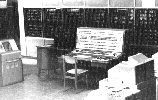 The first large-scale electronic computing machine BESM-2M was put into action.
The first large-scale electronic computing machine BESM-2M was put into action.

 Jonas Petkevičius
Jonas Petkevičius Dr. Eduardas Vilkas
Dr. Eduardas Vilkas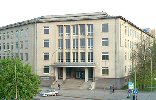
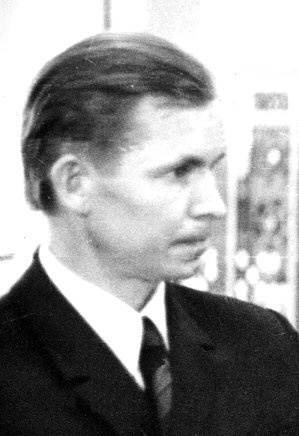
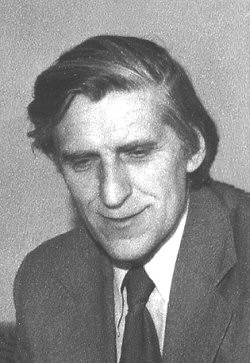
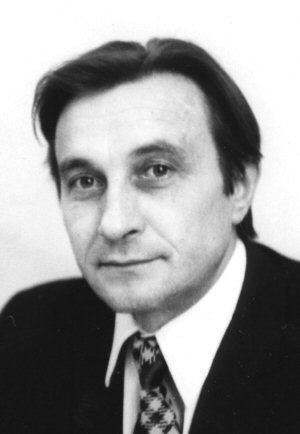
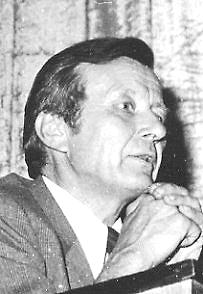
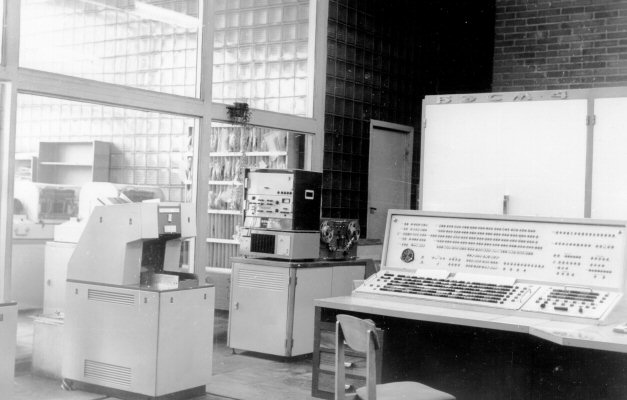
 Vytautas Liesis
Vytautas Liesis Dr. Boleslovas Binkauskas
Dr. Boleslovas Binkauskas 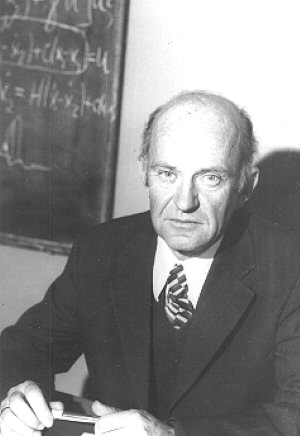 Prof. Dr. Jonas Mockus
Prof. Dr. Jonas Mockus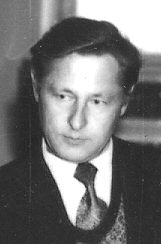
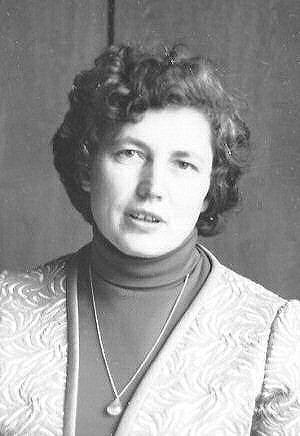
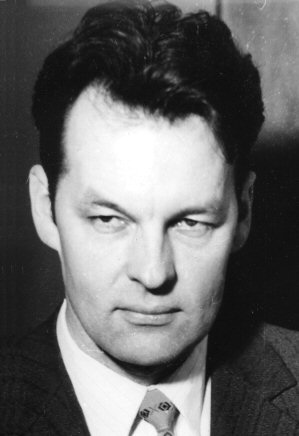
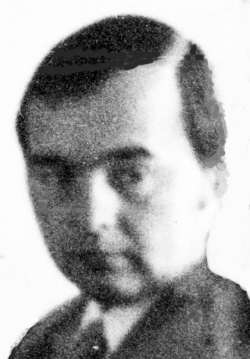
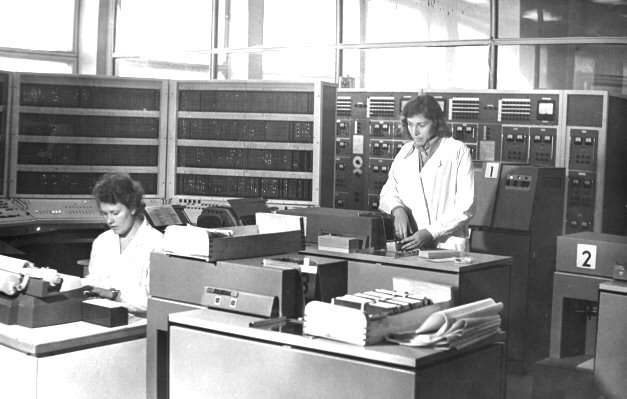
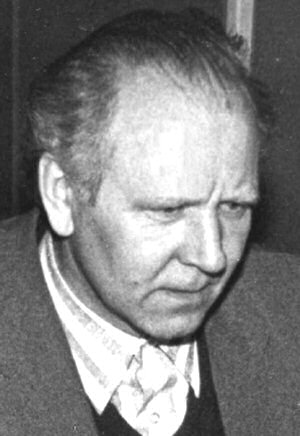
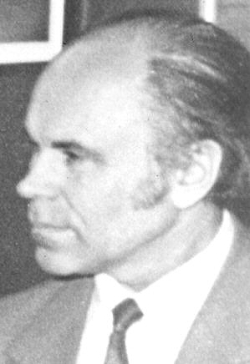
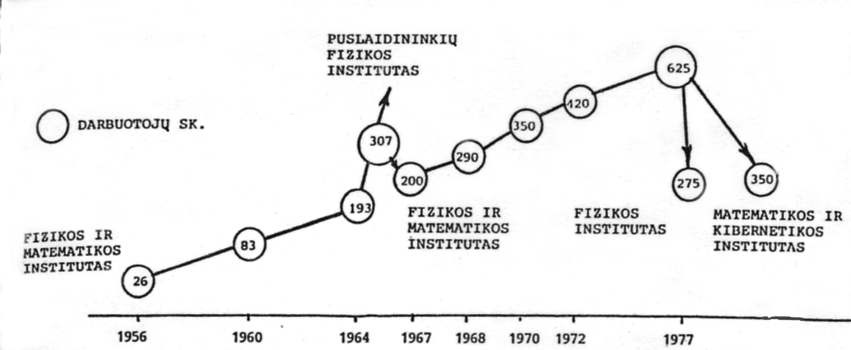
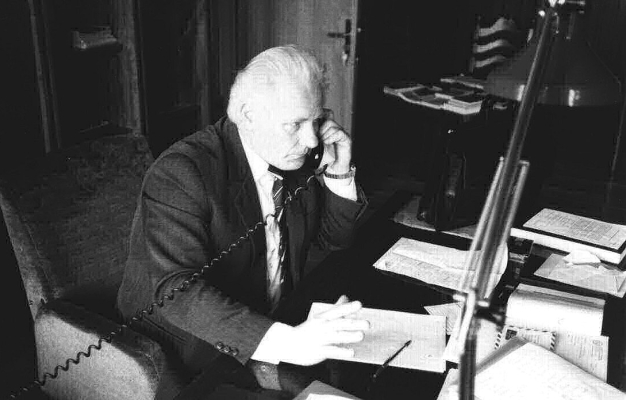
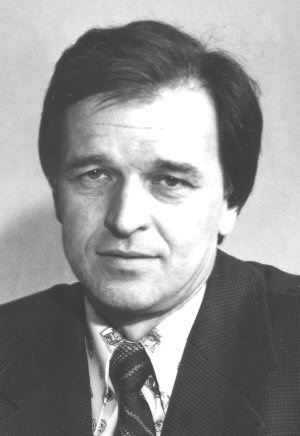
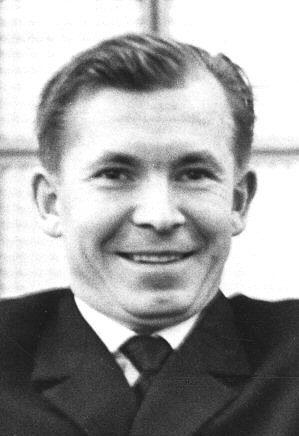
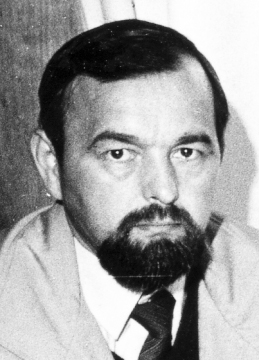
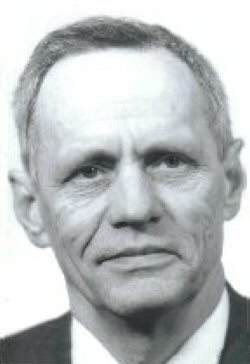

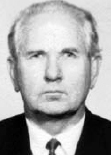
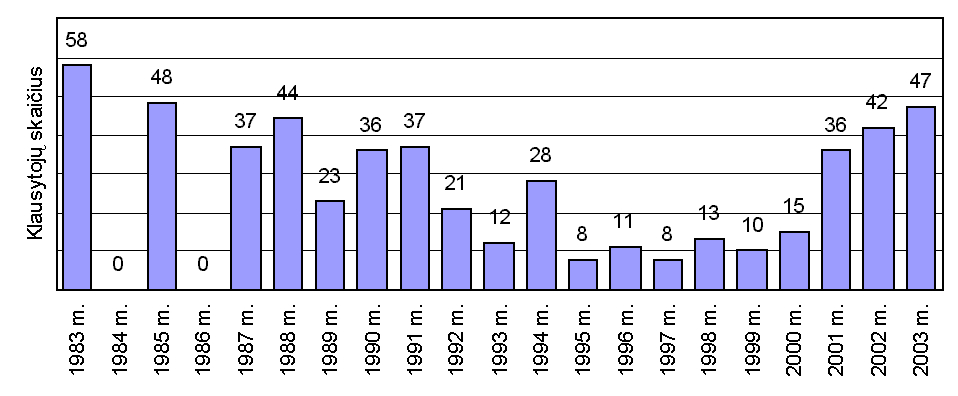
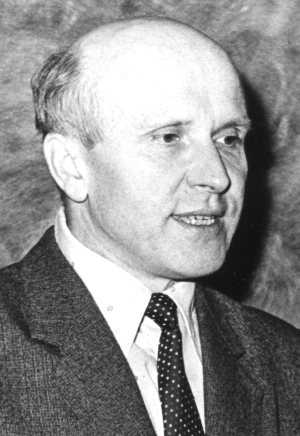
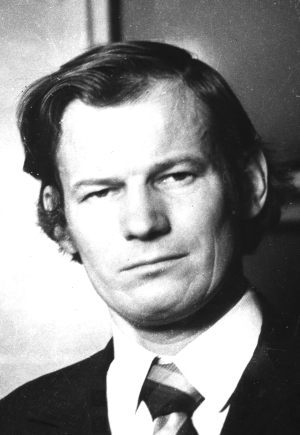
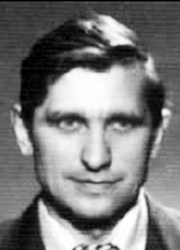
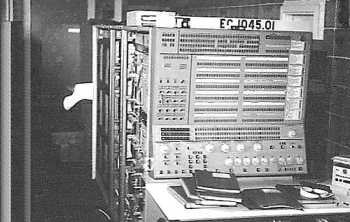
 The Computational Management Laboratory (CML) is set up. Dr. Gediminas Veiveris has been appointed it's head.
The Computational Management Laboratory (CML) is set up. Dr. Gediminas Veiveris has been appointed it's head. 
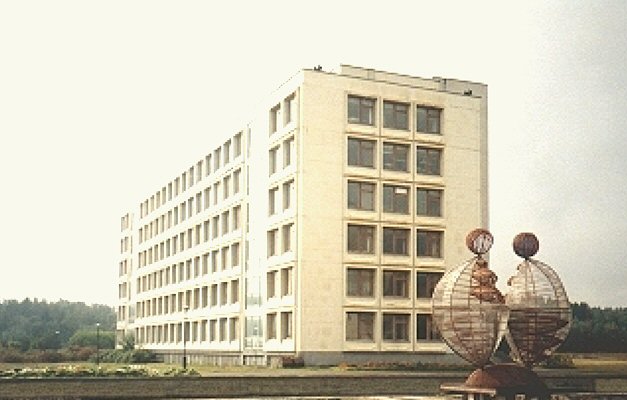
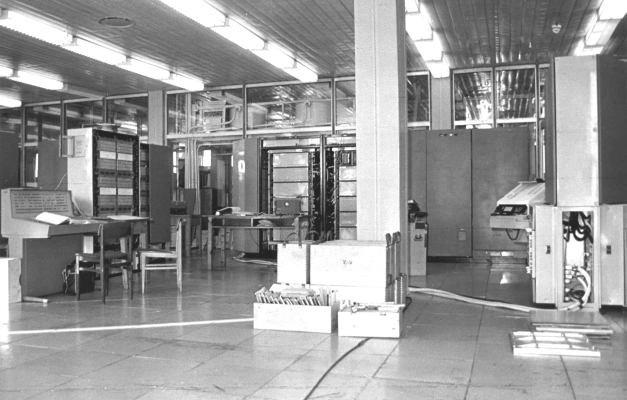
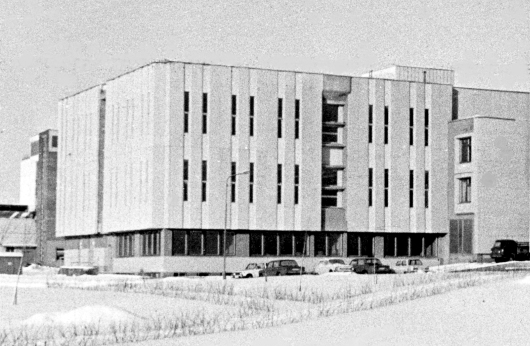
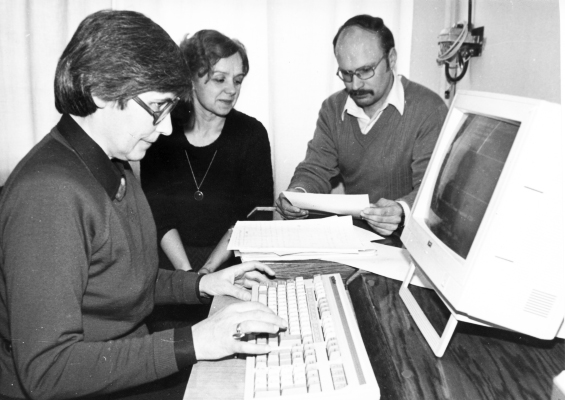
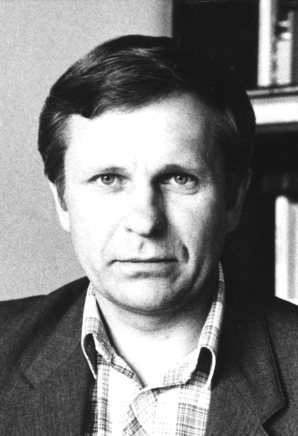
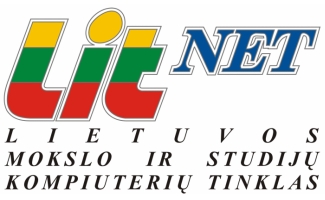
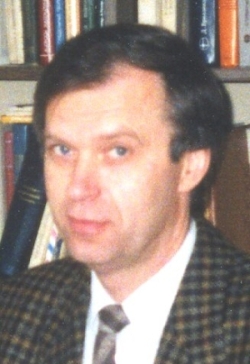
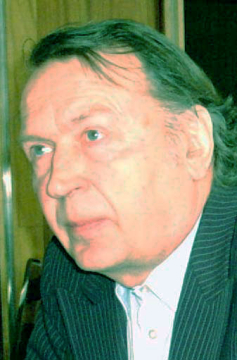
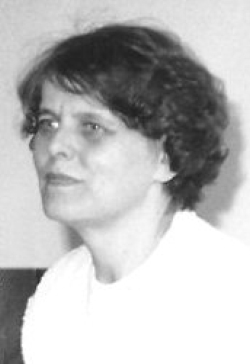
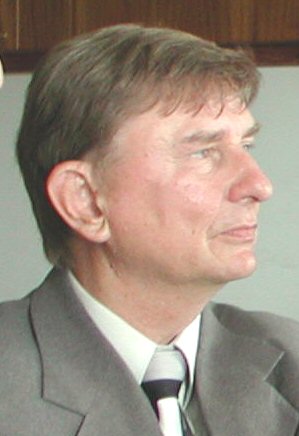
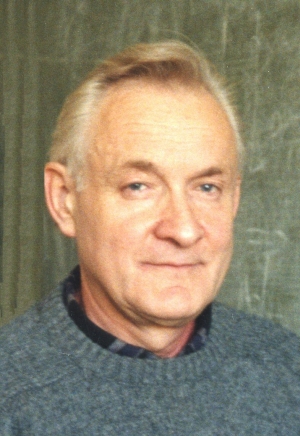
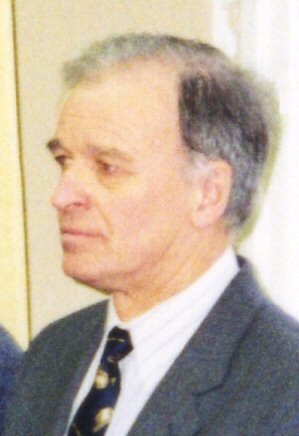

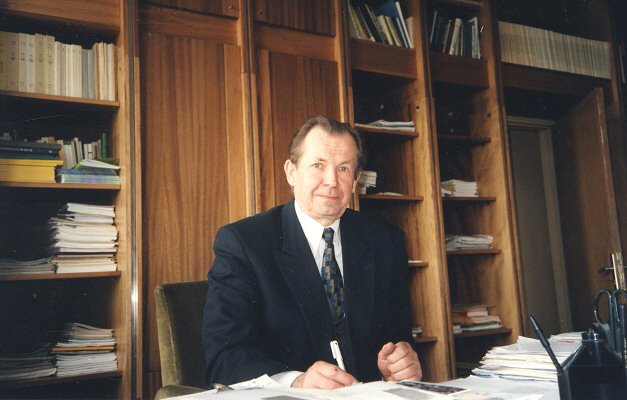
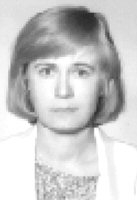
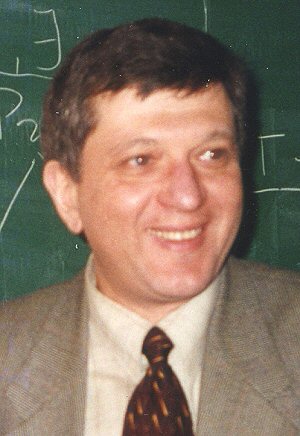
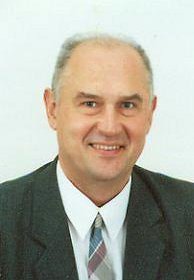
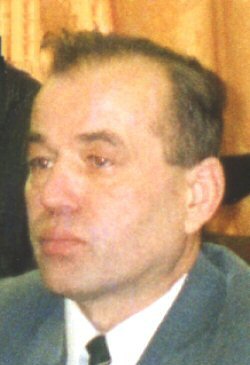

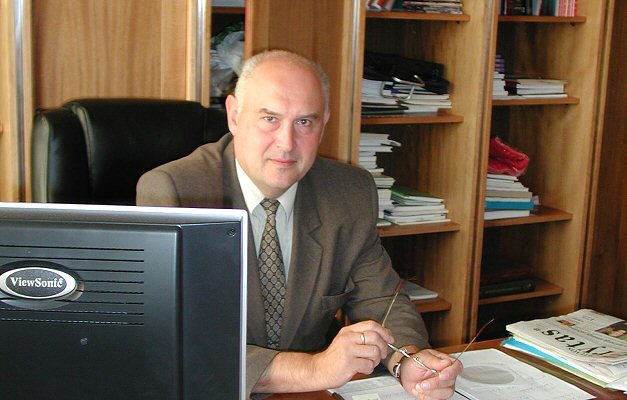
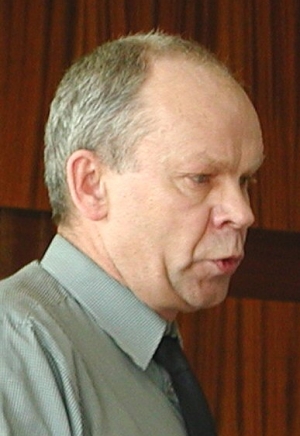
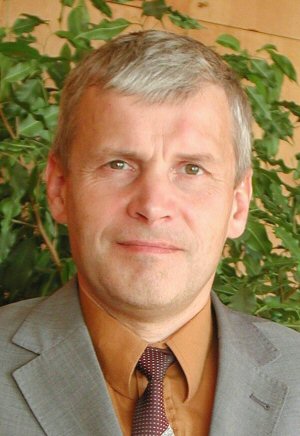
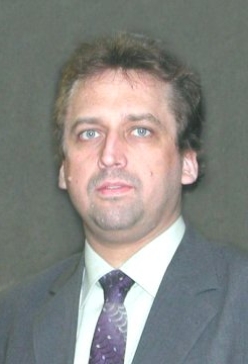
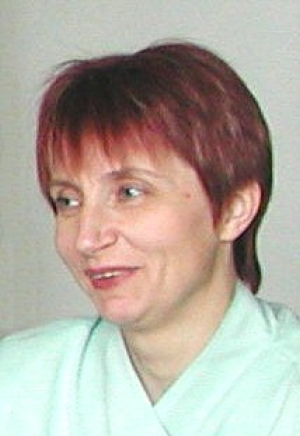
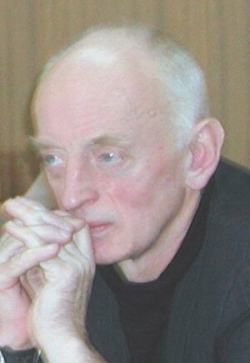
 to celebrate its 50th anniversary.
to celebrate its 50th anniversary.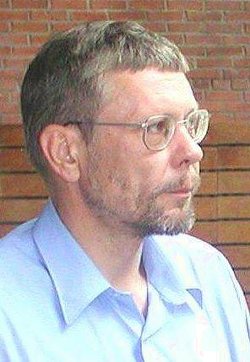
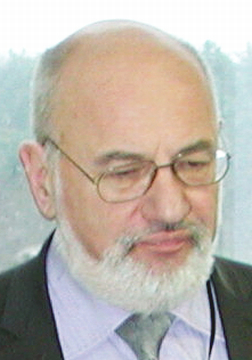
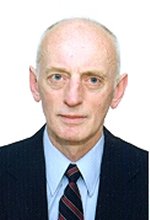
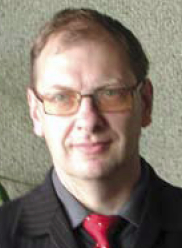
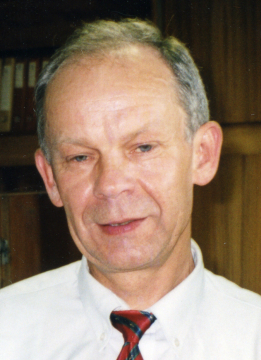


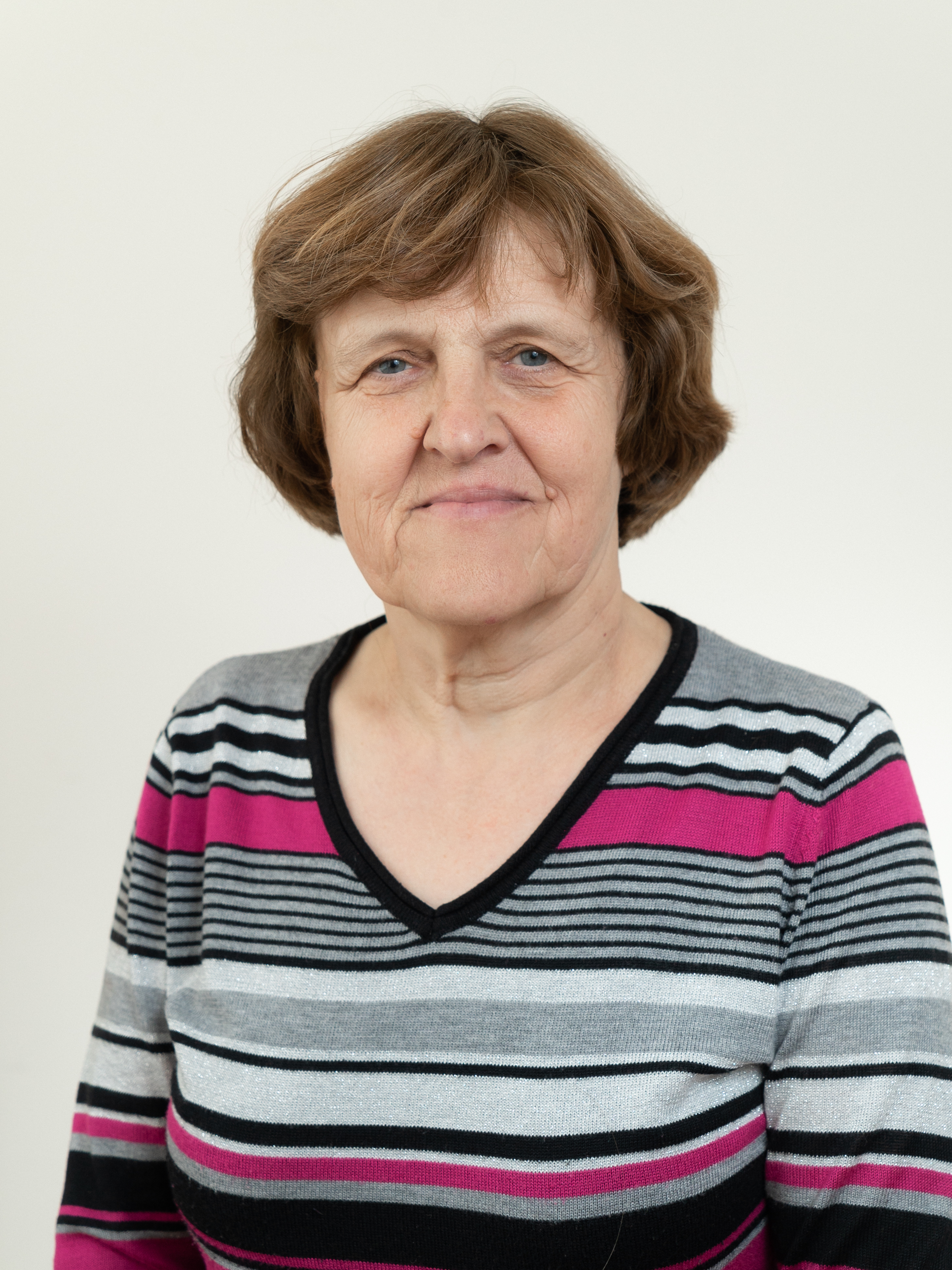 Prof. Dr. (HP) Valentina Dagienė
Prof. Dr. (HP) Valentina Dagienė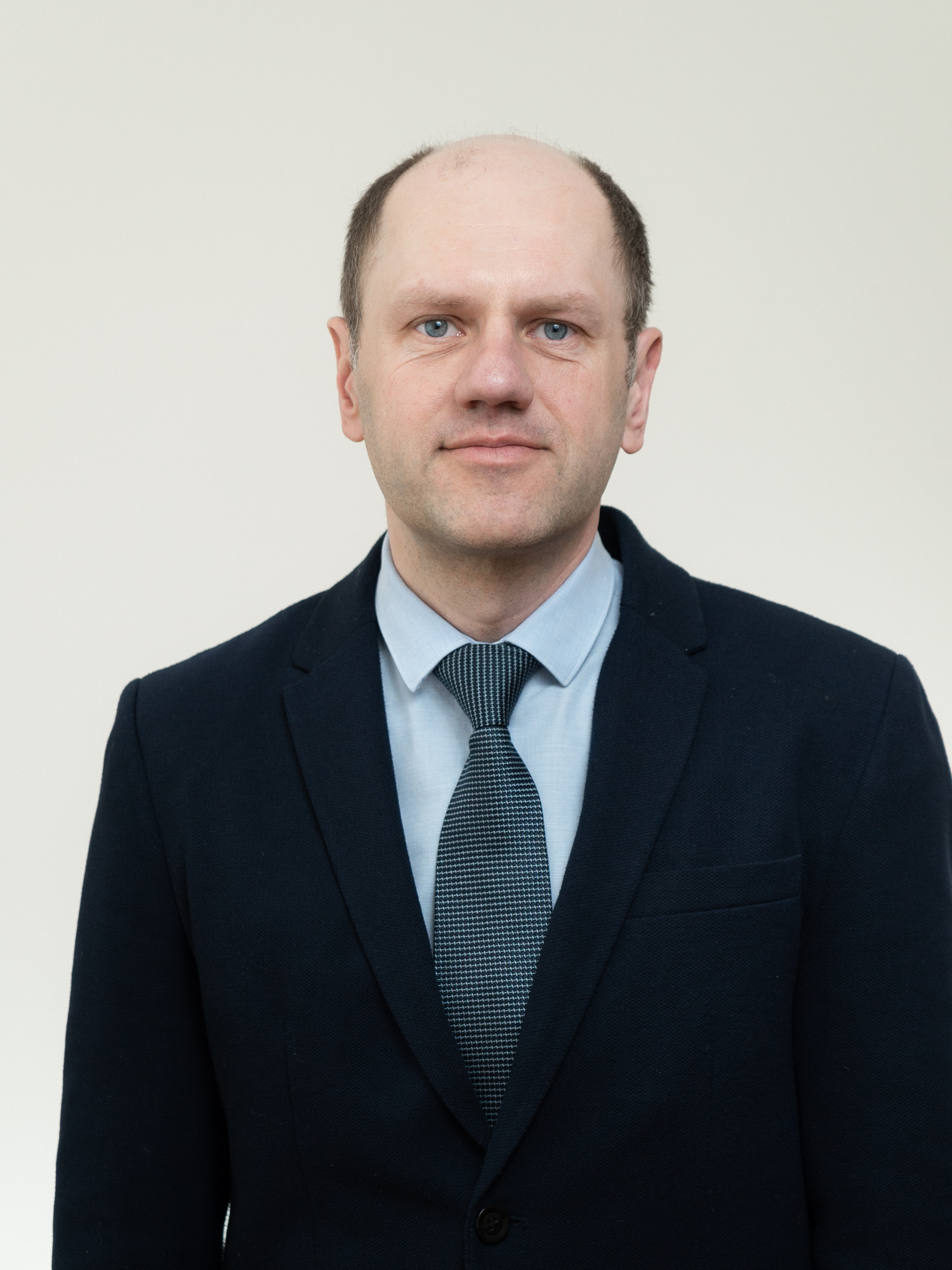 Prof. Dr. (HP) Julius Žilinskas
Prof. Dr. (HP) Julius Žilinskas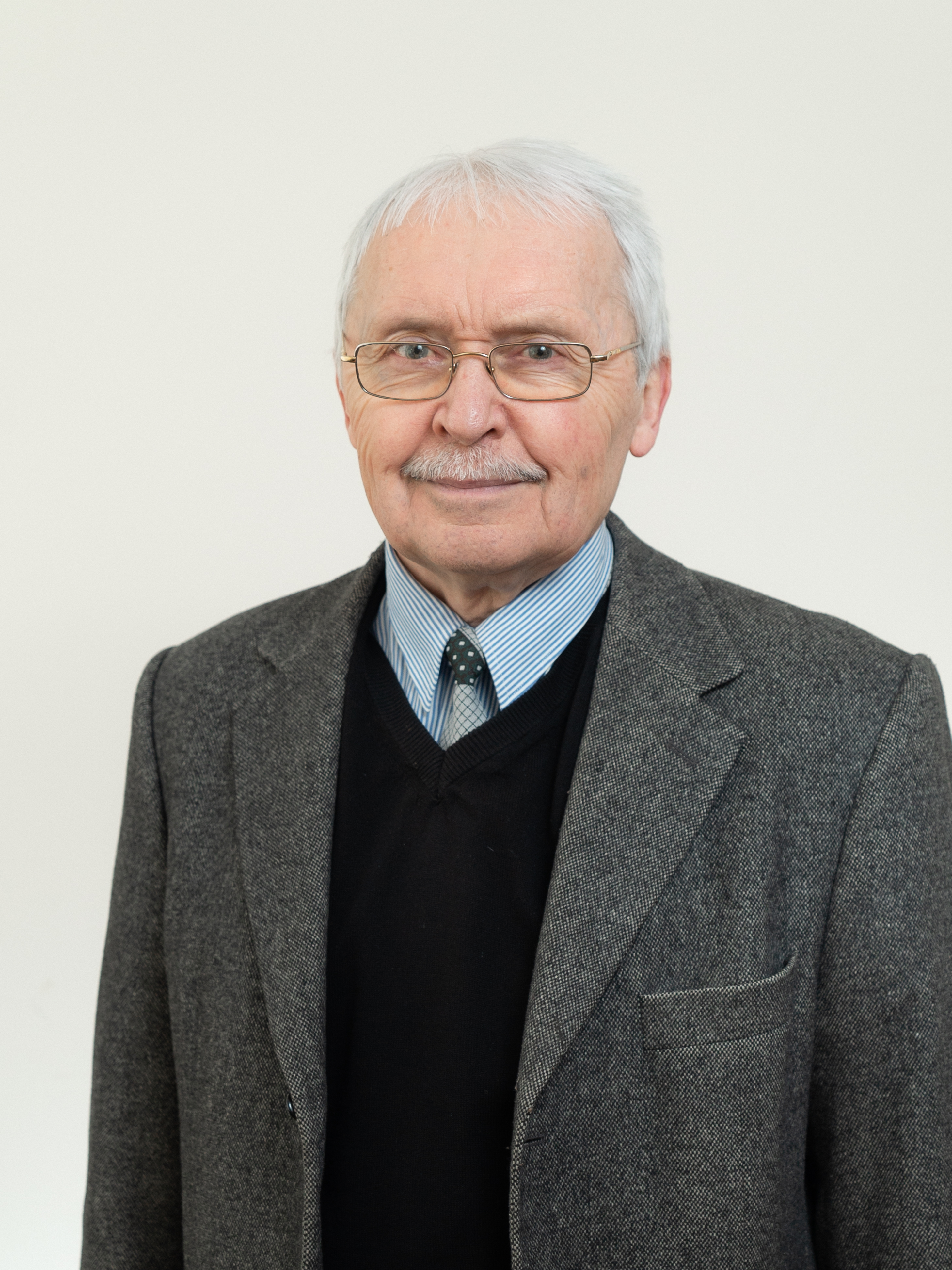 Prof. Dr. (HP) Saulius Gudas
Prof. Dr. (HP) Saulius Gudas Prof. Habil. Dr. Gintautas Dzemyda
Prof. Habil. Dr. Gintautas Dzemyda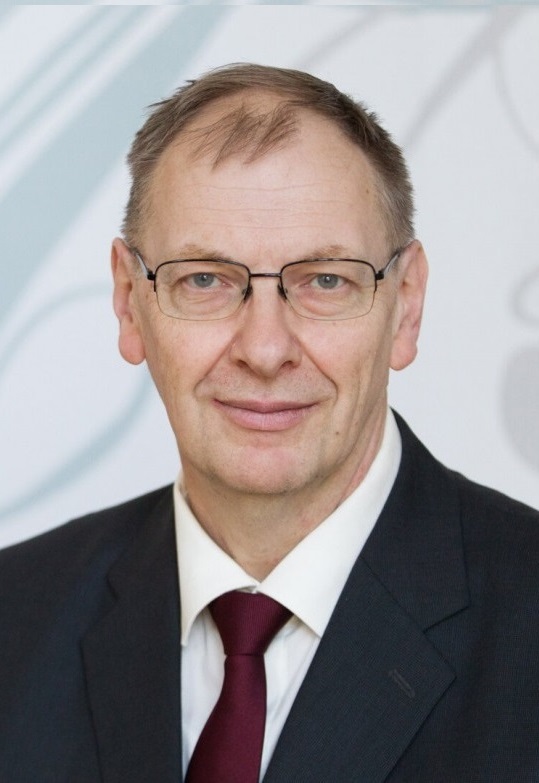 Dr. (HP) Artūras Štikonas
Dr. (HP) Artūras Štikonas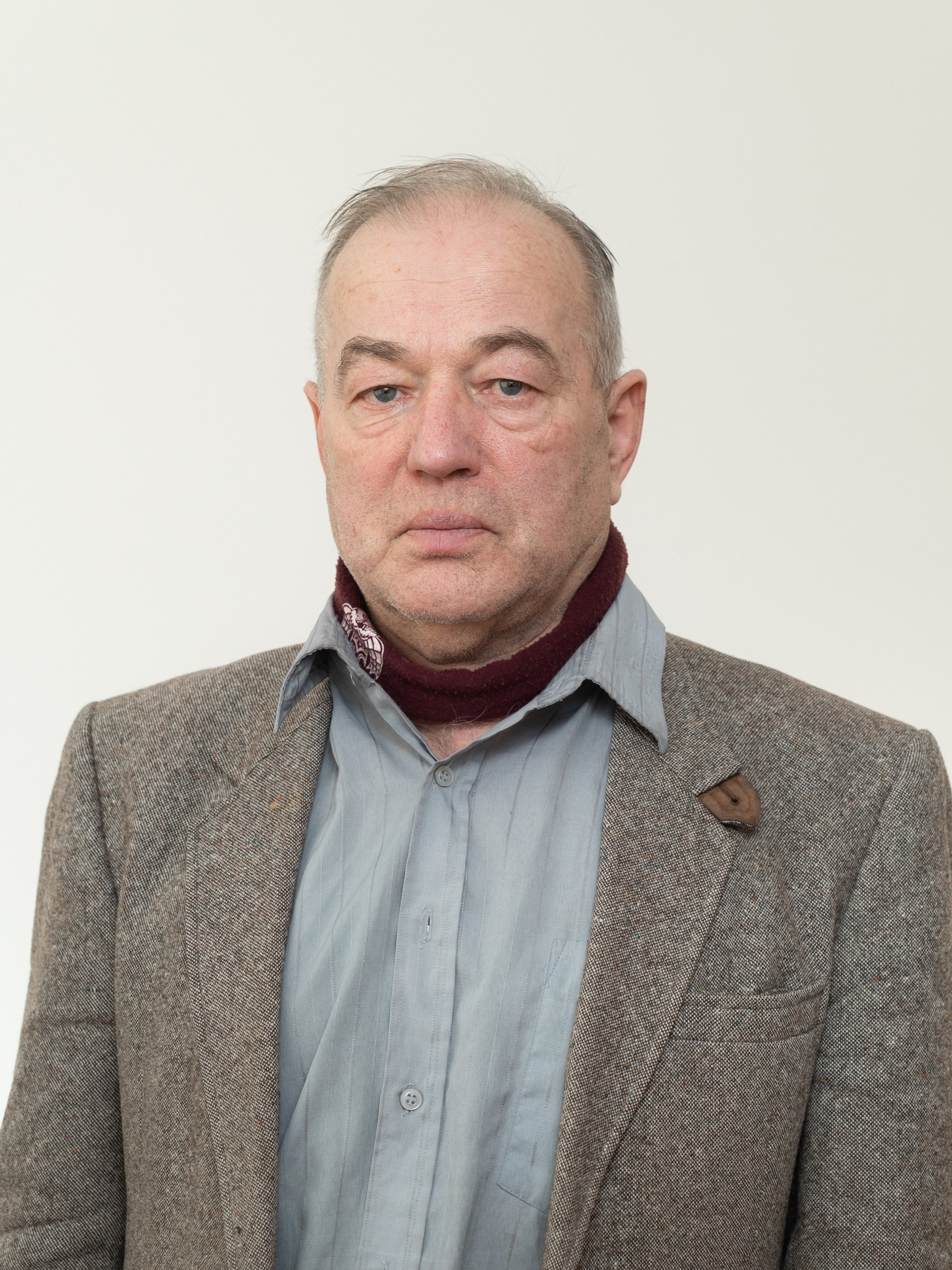 Prof. Habil. Dr. Leonidas Sakalauskas
Prof. Habil. Dr. Leonidas Sakalauskas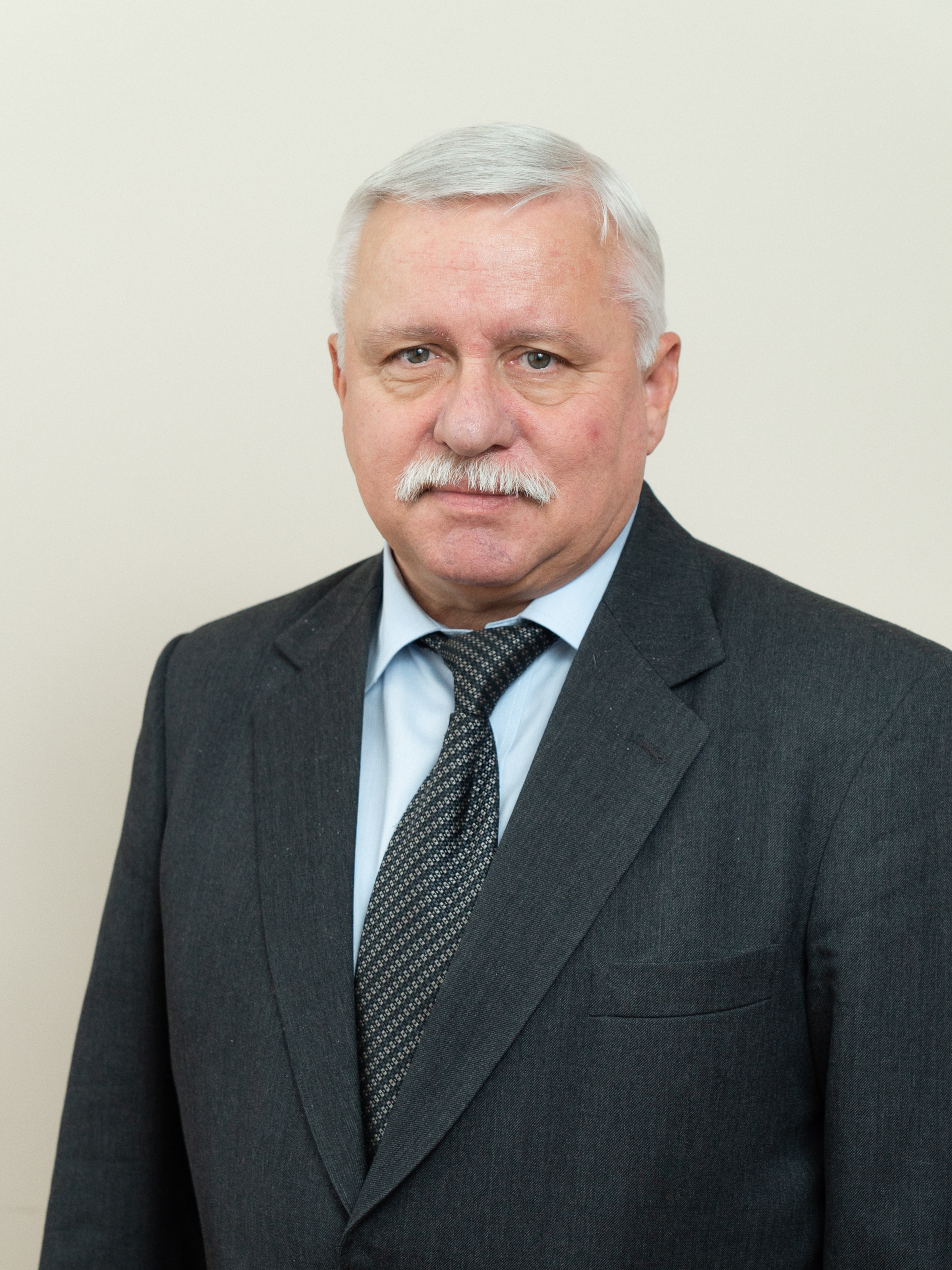 Prof. Habil. Dr. Kęstutis Kubilius
Prof. Habil. Dr. Kęstutis Kubilius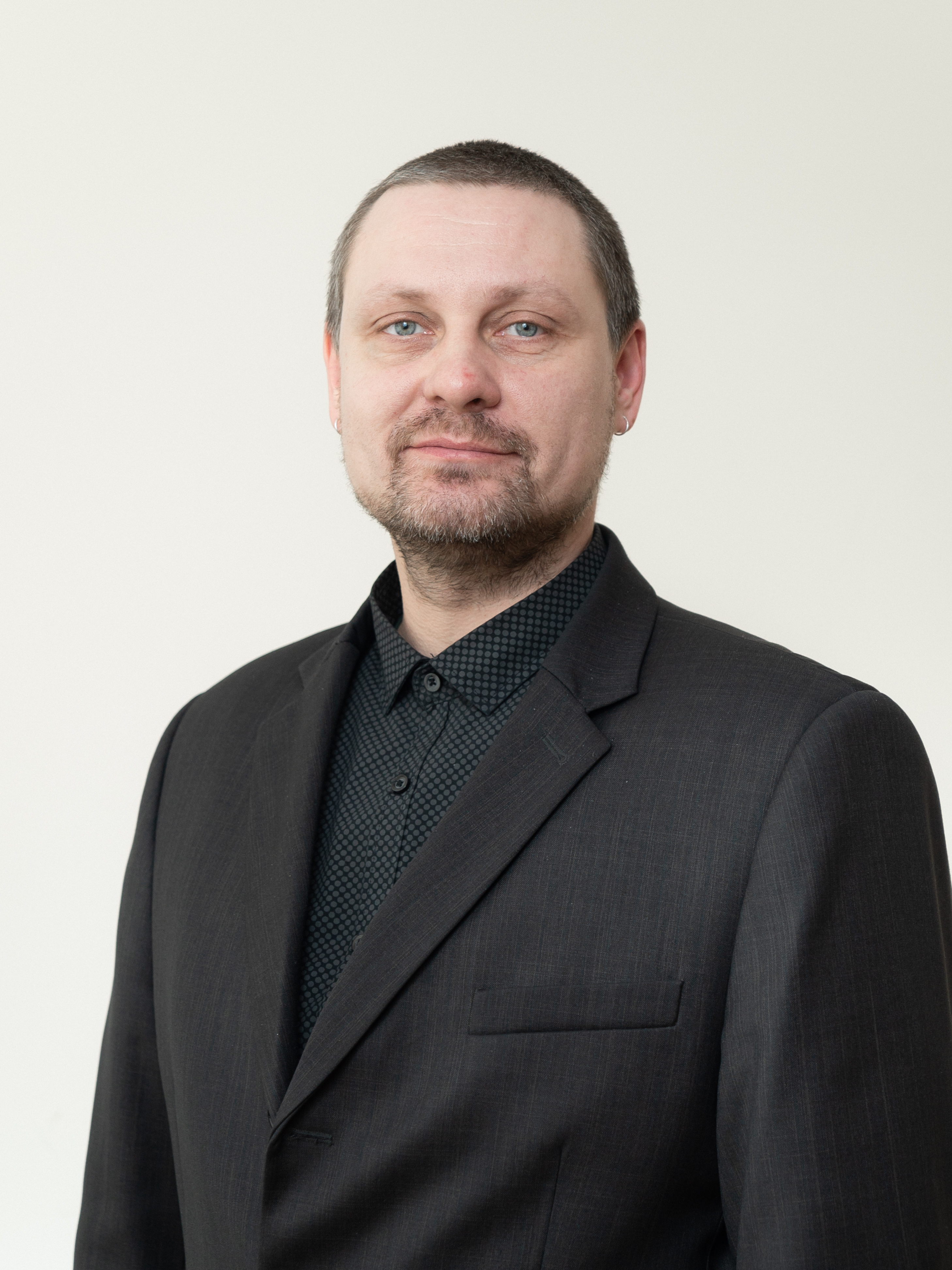 Assoc. Prof Dr. Povilas Treigys
Assoc. Prof Dr. Povilas Treigys